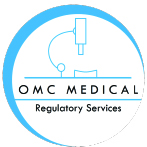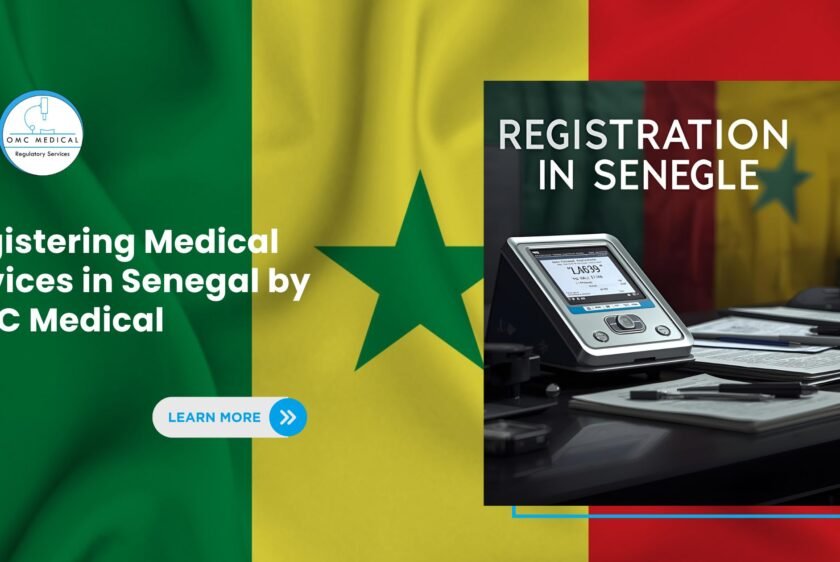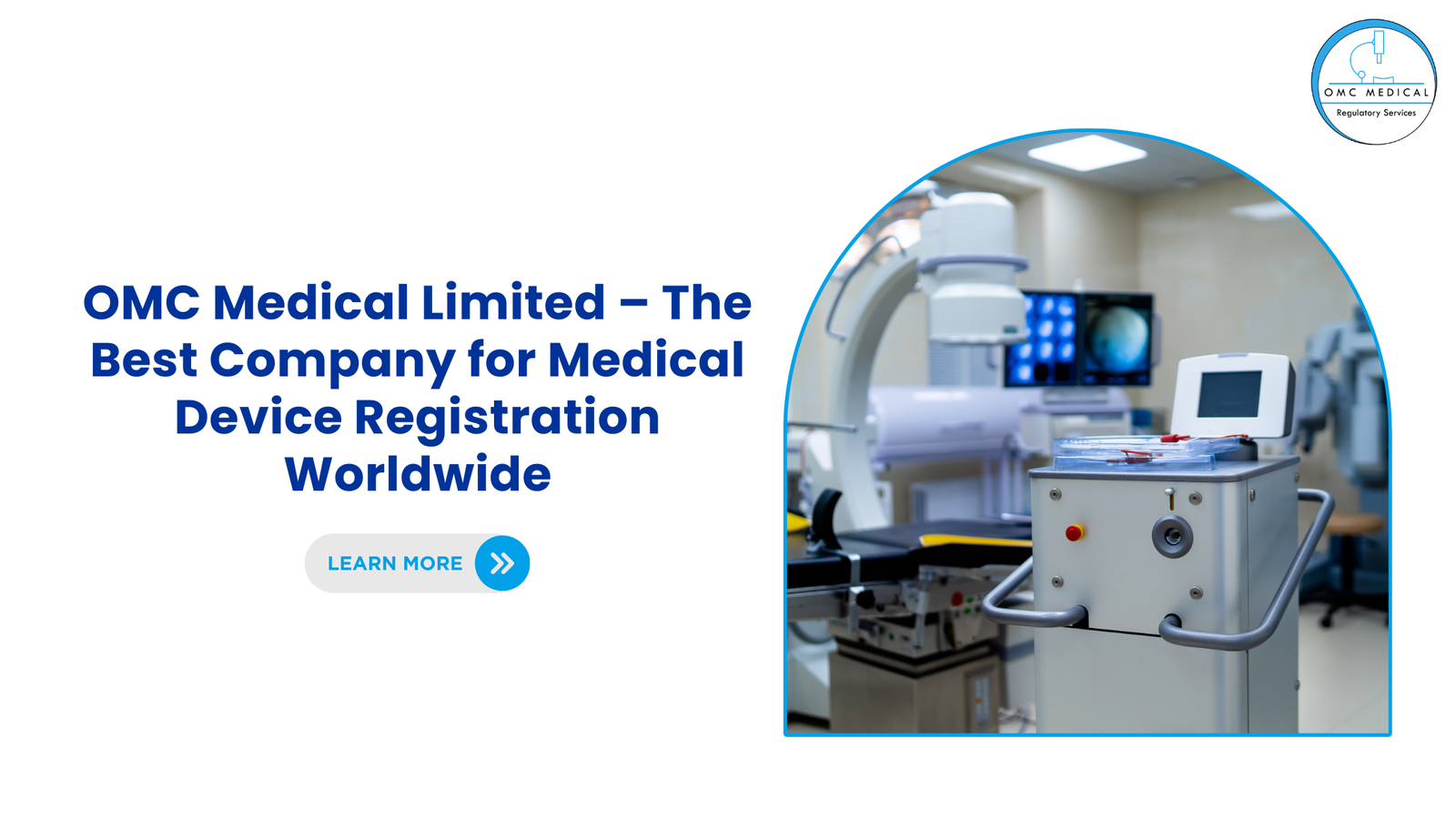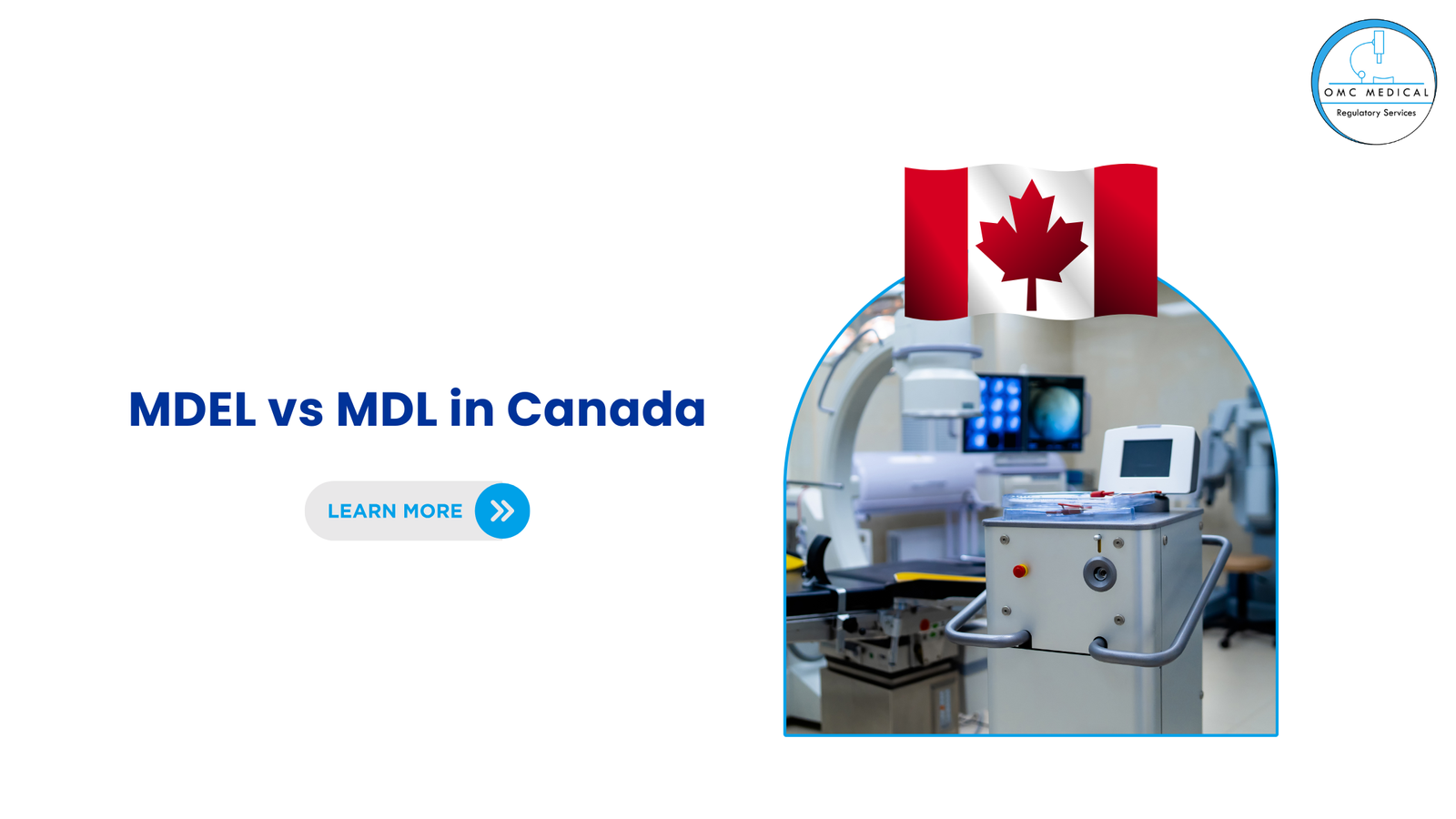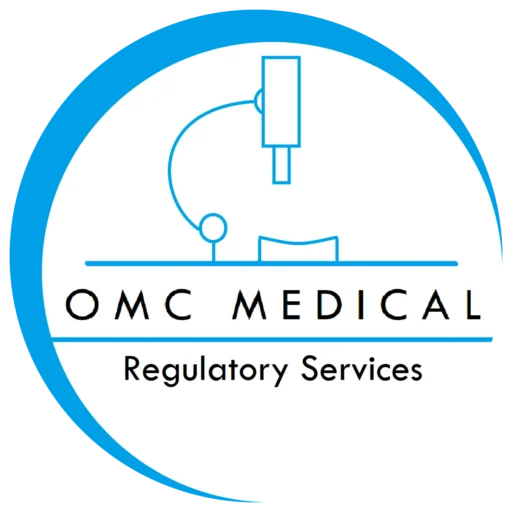Navigating ANSSA: Your Roadmap to Senegal Medical Device Registration
The Senegalese healthcare market is rapidly expanding, offering significant opportunities for manufacturers of medical devices. However, gaining market access requires strict adherence to the regulatory framework governed by the National Agency for Health Safety (Agence Nationale de la Sécurité Sanitaire – ANSSA). At OMC Medical, we specialize in guiding companies through the precise requirements for Medical Device Registration Senegal.
This article outlines the key steps and documentation required for a successful registration.
Understanding the Regulatory Authority
All medical devices, from simple syringes to complex diagnostic imaging equipment, must be approved by ANSSA before they can be imported, distributed, or sold in Senegal. The process is designed to ensure the safety, quality, and efficacy of devices available to the Senegalese public.
Key Steps for Medical Device Registration
- Appointment of a Local Authorized Representative:
If your company is based outside of Senegal, you must appoint a local legal entity to act as your representative. This agent is your liaison with ANSSA and is legally responsible for the product on the market. OMC Medical can act as your trusted local representative.
- Product Classification:
Medical devices are classified into four classes (I, IIa, IIb, and III) based on their associated risk, following principles similar to the European MDR. Correct classification is critical as it determines the depth of the review and the required evidence.
- Dossier Compilation (The Technical File):
The cornerstone of your application is the Technical File Senegal. This comprehensive dossier must be submitted in French and typically includes:
Required Documentation for Medical Device Registration in Senegal
- Administrative Information: Application forms, Free Sale Certificate (FSC) from the country of origin, proof of payment of fees, and a Power of Attorney for your local representative.
- Quality Management Evidence: Proof of a certified Quality Management System (e.g., ISO 13485).
- Technical Documentation: Device description and specifications, labels, instructions for use, design and manufacturing information, and material details.
- Risk Management File: In accordance with ISO 14971.
- Clinical Evidence: Literature reviews, clinical investigation reports, and post-market surveillance data to support the device’s safety and performance.
- CE Marking or US FDA Approval: While not mandatory, holding a CE Mark or FDA approval significantly streamlines the ANSSA review process.
- Submission and Review by ANSSA:
The complete dossier is submitted to ANSSA for scientific and technical assessment. The review timeline can vary from several months to over a year, depending on the device class and the completeness of the submission.
- Authorization and Labeling:
Upon successful review, ANSSA issues a Marketing Authorization, often referred to in the region as a CESP Certification (Certificate of Conformity of Sanitary Products). Your device must then be labeled in French with the ANSSA authorization number.
- Post-Market Obligations:
Registration is not the end. You are required to maintain a Vigilance System for reporting adverse incidents, conduct post-market surveillance, and notify ANSSA of any significant changes to the device or its labeling.
Why Partner with OMC Medical?
The path to ANSSA Medical Device Approval is complex and demands local expertise. OMC Medical provides end-to-end regulatory consulting to ensure a smooth and efficient process. Our services include:
- Acting as your Local Authorized Representative.
- Managing the entire Medical Device Registration Senegal process.
- Preparing and reviewing your Technical File to meet ANSSA standards.
- Liaising directly with ANSSA on your behalf.
- Advising on post-market compliance and Medical Device Import License Senegal requirements.
Contact OMC Medical today to turn regulatory challenges into commercial success in the Senegalese market.
